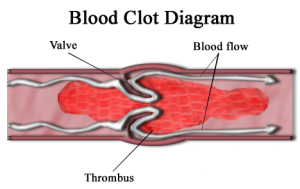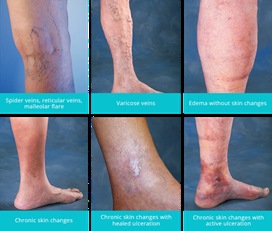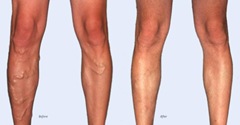Welcome to the Vascular Surgery and Vein Center, a comprehensive vascular practice providing state-of-the-art care to patients throughout the tri-state area. Under the direction of board-certified surgeon Dr. Norman Chideckel, we utilize our advanced skills and many years of experience to help patients achieve clear, beautiful and healthy legs.
With our convenient Manhattan location, Dr. Chideckel offers patients a wide range of services to treat varicose and spider veins, deep vein thrombosis, and other vascular conditions, including:
Dedicated to helping patients achieve their desired results through the most effective and minimally invasive treatments available, Dr. Chideckel and his staff take the time to talk with each individual patient and address any concerns or questions they may have before undergoing treatment. Your comfort and satisfaction are among our top priorities.
To learn more about the services provided by Dr. Chideckel, please contact us to schedule an appointment. We always welcome new patients and look forward to meeting you.
Vascular Surgery & Vein Center108 East 96th Street
Front 1
New York, NY 10128 Call us today at 212-993-6133 to schedule an appointment.
We now offer Telemedicine sessions. Please call us for more information or to schedule a Telemedicine appointment.




 Symptoms of Varicose Veins.
Symptoms of Varicose Veins.